Culture in Lithuania
Experience Lithuania authentically
Lithuanian culture is a fascinating blend of historical traditions and modern influences, deeply rooted in the country's rich history. An integral part of this culture is Lithuanian cuisine, which is characterised by its simple but hearty dishes, dominated by local ingredients such as potatoes, turnips and sauerkraut.
At the same time, the numerous traditional festivals and customs, such as Joninės, Užgavėnės and Kūčios, reflect the deep connection of Lithuanians to their historical roots. These festivals are not only an expression of Lithuanian identity, but also occasions where culinary specialities play a central role.
Together, cuisine and festive traditions form a lively mosaic that makes Lithuanian culture vibrant and unique.
Lithuanian cuisine
Lithuanian cuisine is characterised by its history, the local resources available and a preference for simple but nutritious and tasty dishes. The versatile use of potatoes, the love of fermented products and the combination of sweet and savoury flavours are particularly striking.
5 typical dishes from Lithuania
These dishes reflect the rustic and savoury nature of Lithuanian cuisine, which is strongly influenced by the country's agricultural traditions and seasonal ingredients.
1. Cepelinai
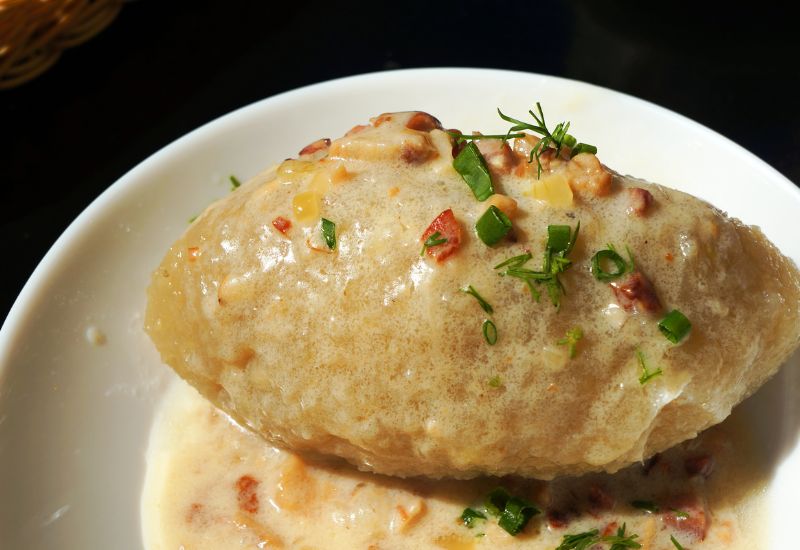
Cepelinai are a national dish of Lithuania. They consist of large, oblong dumplings made from potato dough and filled with minced meat, curd cheese or mushrooms. They are typically served with sour cream and crispy bacon. This savoury dish reflects the rustic, down-to-earth Lithuanian cuisine.
2. Skilandis

Skilandis is a traditional Lithuanian sausage made by air-drying and smoking meat. It is typically made from pork meat and fat, spices and garlic, stuffed into a pig's stomach or bladder and then smoked.
3. Rūgštynių sriuba
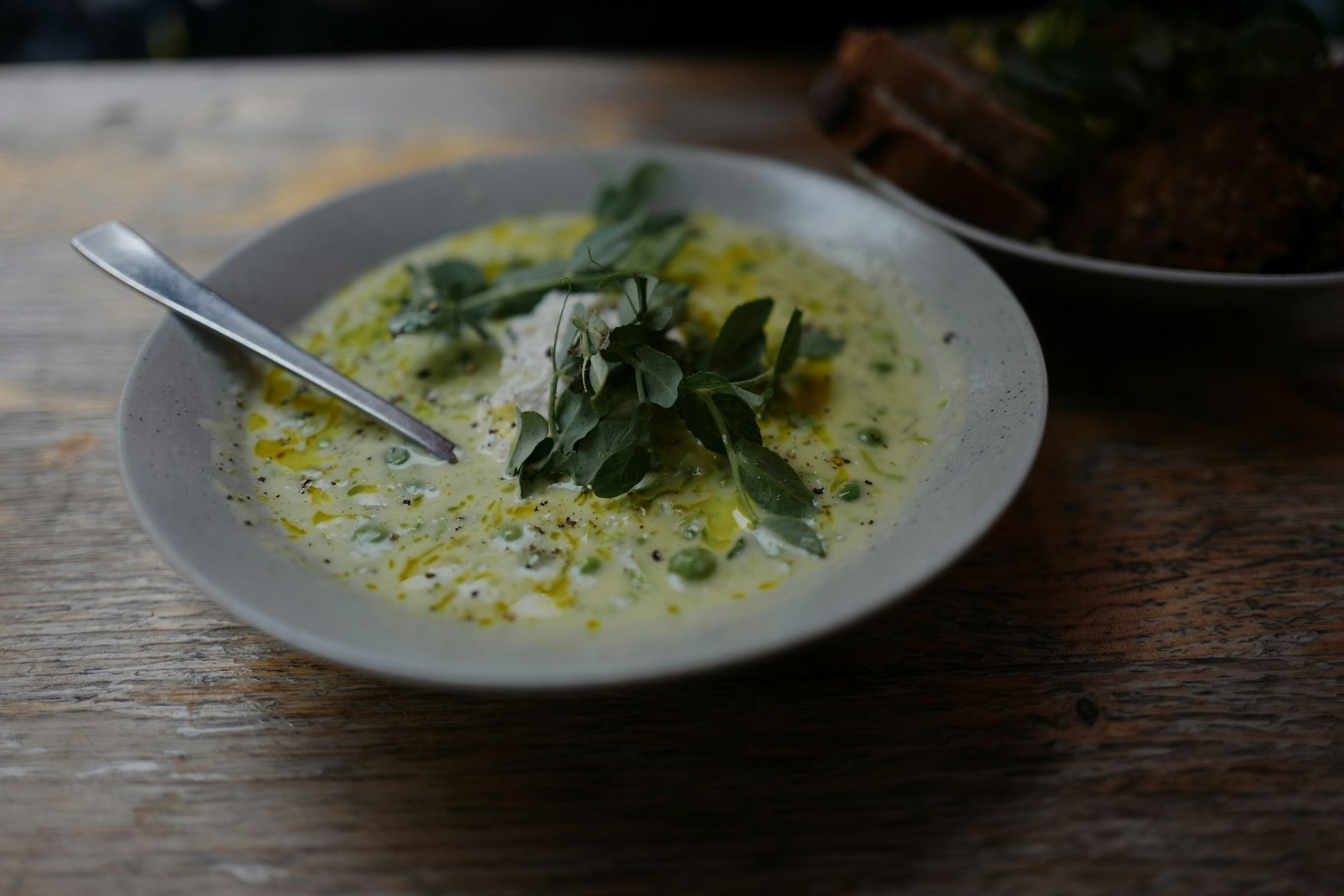
The Lithuanian soup Rūgštynių sriuba gets its characteristic flavour from sauerkraut and sorrel. The soup often contains potatoes, carrots and various types of meat, which gives it a rich and savoury flavour. It is often served with a dollop of sour cream and fresh herbs.
4. Silke Padažu
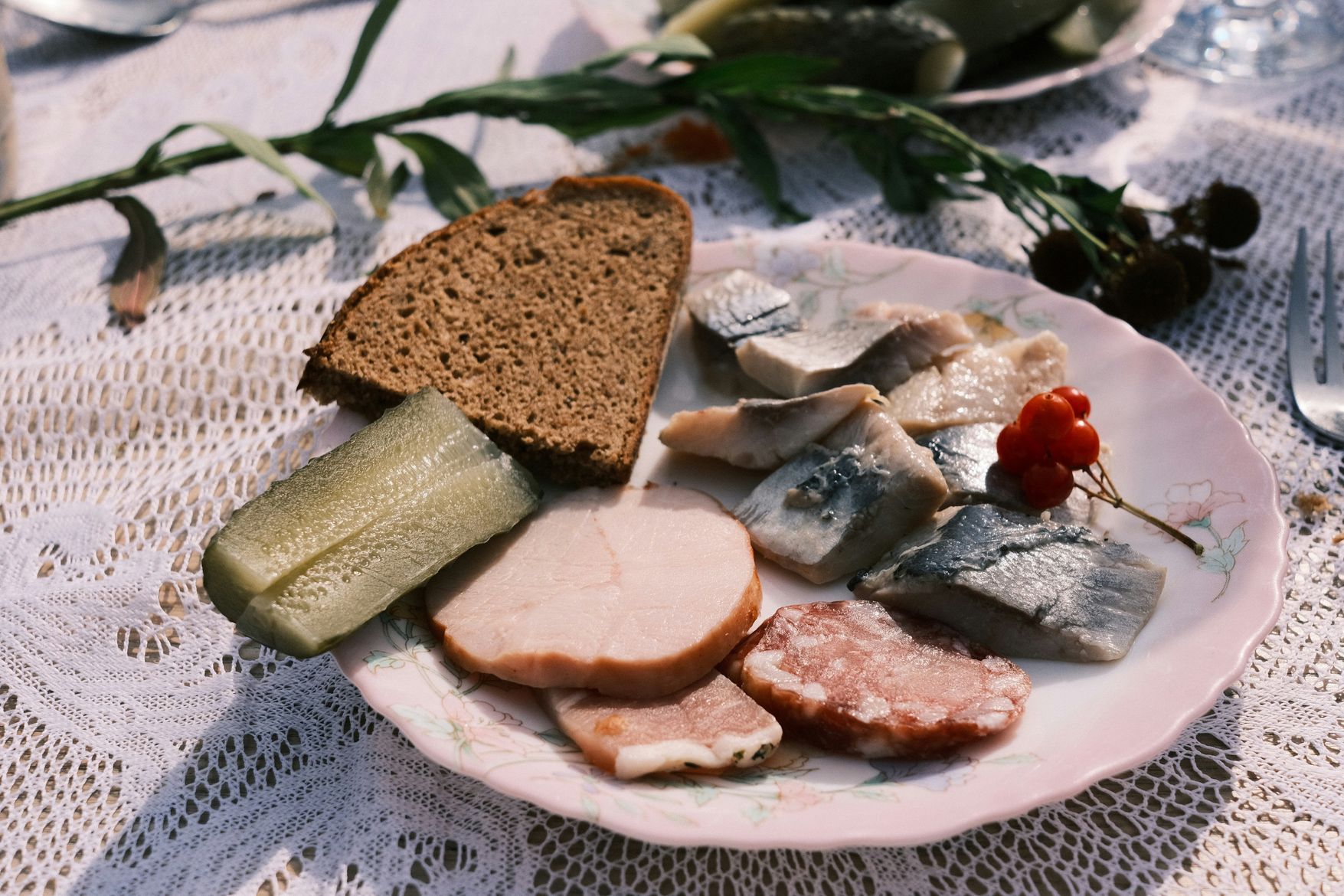
The main ingredient of Silke Padažu is marinated herring. The fish is typically marinated in a mixture of oil, vinegar, onions and a variety of spices. This method of preparation gives the herring a unique, piquant flavour. Silke padažu is often served as an appetiser or as part of a cold buffet.
5. Bulviniai blynai
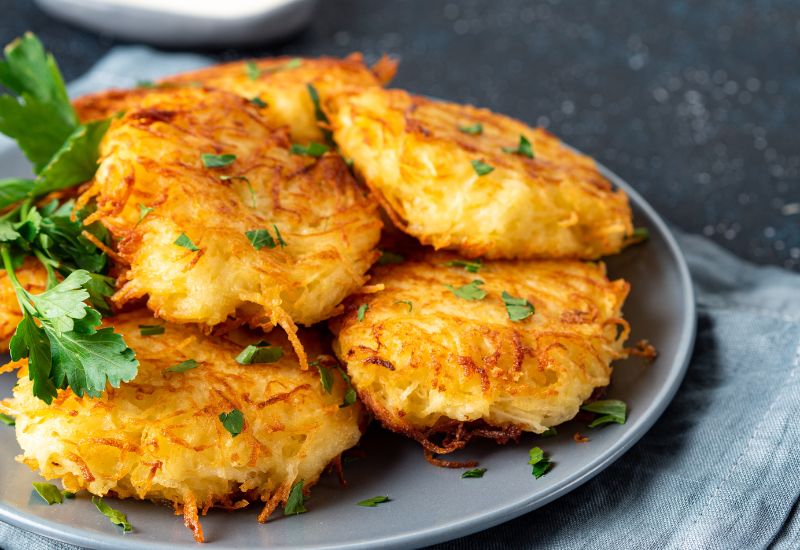
Lithuanian potato pancakes Bulviniai blynai are a simple but popular dish. They are made from grated potatoes, onions, eggs and flour and fried into crispy, golden-brown pancakes. They are traditionally served with sour cream or apple sauce for a deliciously savoury treat.
Drinks
Lithuanian drinking culture emphasises socialising and sharing drinks with friends and family. Alcoholic beverages such as beer, wine and spirits are popular at social occasions, but the responsible use of alcohol is emphasised.
Non-alcoholic drinks such as gira and herbal teas are also an important part of daily life and reflect an appreciation for natural and homemade products.
Midus

Midus is an old alcoholic drink made from honey. It is comparable to mead and varies in strength and sweetness. Midus is deeply rooted in Baltic culture and is often enjoyed at festivals and celebrations.
Gira/Kwas
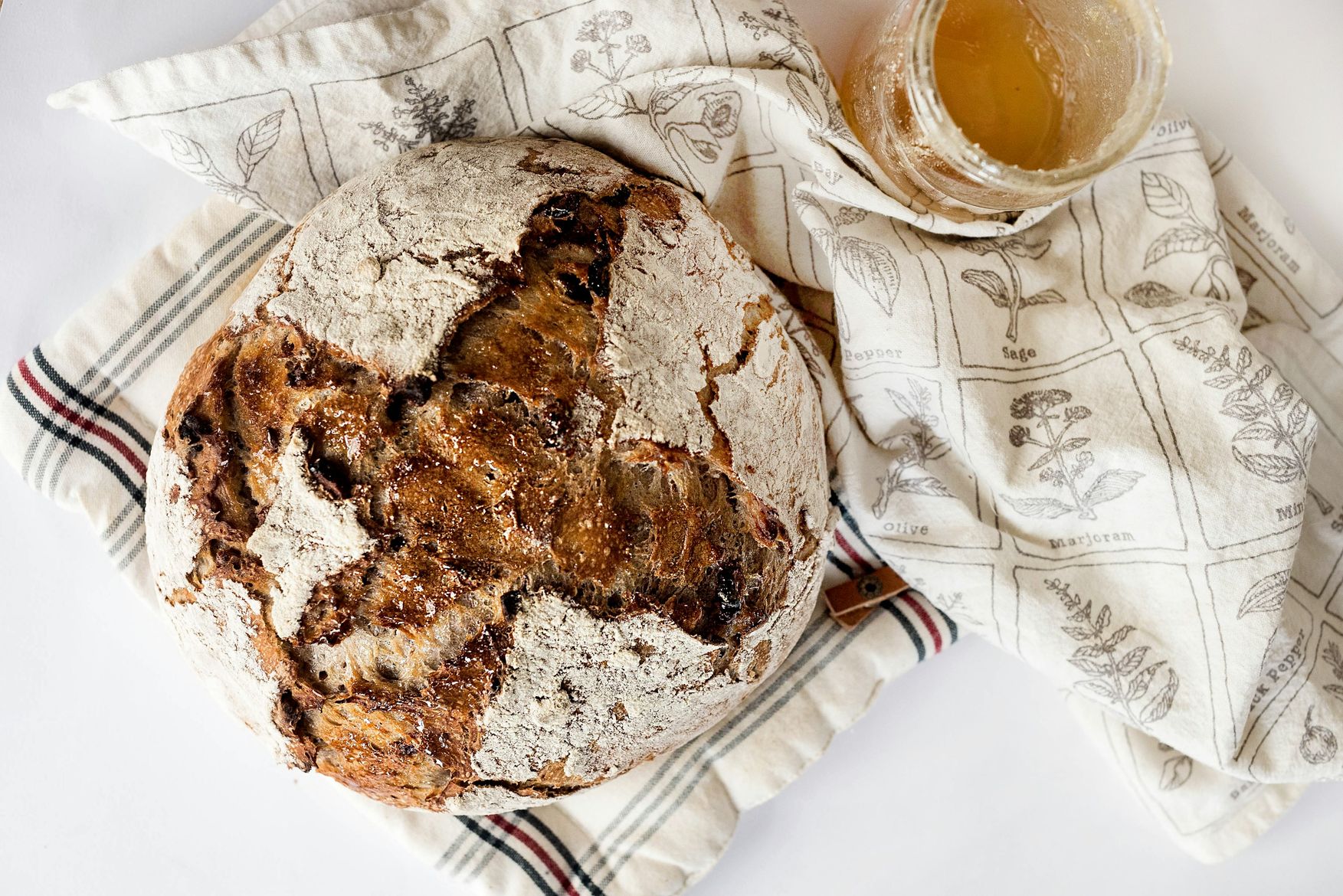
Gira or kvass is a non-alcoholic, fermented drink traditionally made from black bread. It is refreshing and slightly sour in flavour and a popular choice in the warmer months.
Herbal teas

A variety of herbal teas are drunk in Lithuania, often made from local herbs and flowers. These teas are not only delicious, but are also valued for their health benefits.
Traditional festivals and customs
Lithuanian culture is rich in traditional festivals and customs that have both historical and cultural roots. These festivals and customs reflect Lithuania's rich history and cultural diversity and are an integral part of Lithuanian cultural heritage.
Joninės
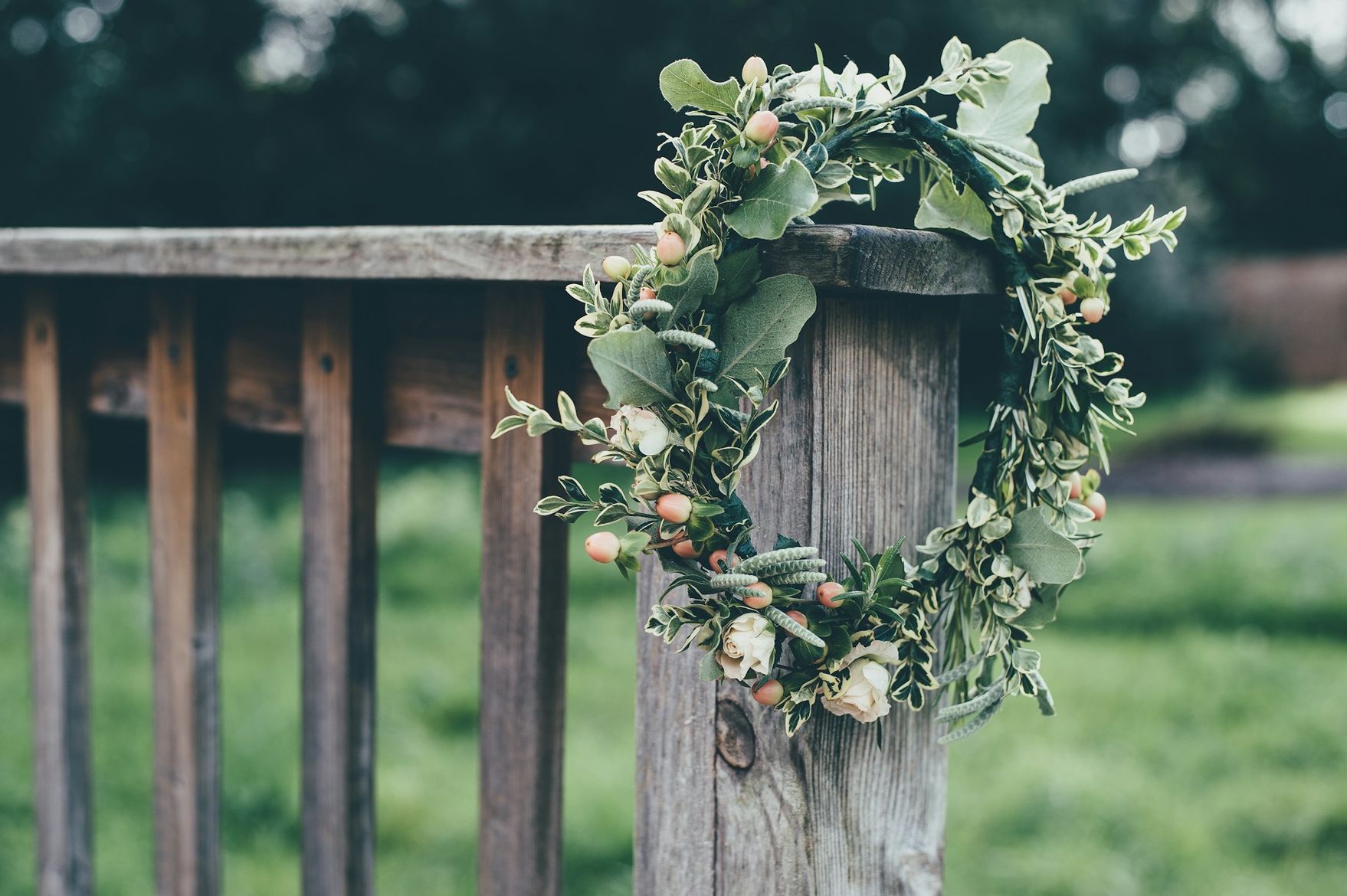
The Joninės festival is celebrated on the summer solstice, usually on 24 June. It is associated with ancient pagan traditions and includes customs such as lighting bonfires, searching for the "magical" fern flower and weaving flower wreaths.
Užgavėnės
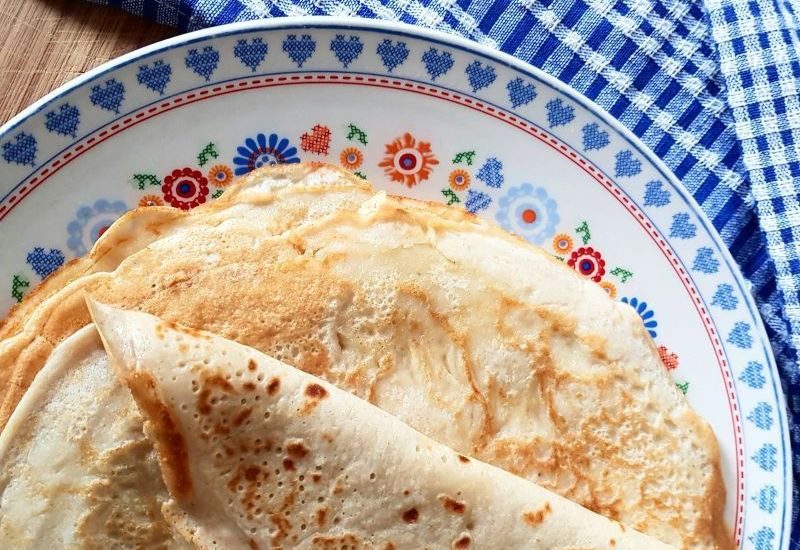
The spring festival of Užgavėnės marks the end of winter and the beginning of Lent. This festival is characterised by masks, costumes, folk songs and dances as well as the burning of a straw doll, which symbolises winter. Culinary delights often include greasy food such as pancakes.
Kūčios

Kūčios is the traditional Lithuanian Christmas dinner that takes place on 24 December. It is a quiet, family celebration with a meal consisting of twelve meatless, dairy-free dishes to honour the twelve apostles.
Gather new impressions in Lithuania
Lithuanian culture combines historical traditions and modern influences to create a unique cultural heritage. Lithuanian cuisine and the diverse festivals and customs are not only an expression of national identity, but also a reflection of the people's deep connection to their history, nature and community.
Are you ready to gather new cultural impressions in Lithuania?
Here you can find out more about toll regulations in Lithuania so that you can travel around the country stress-free.
